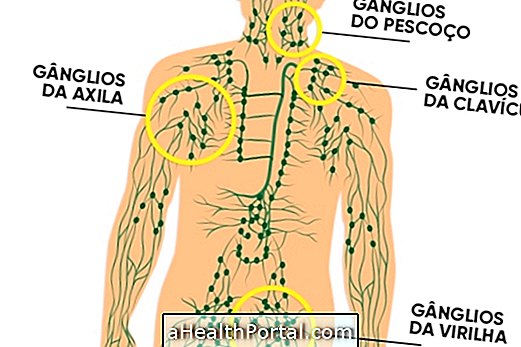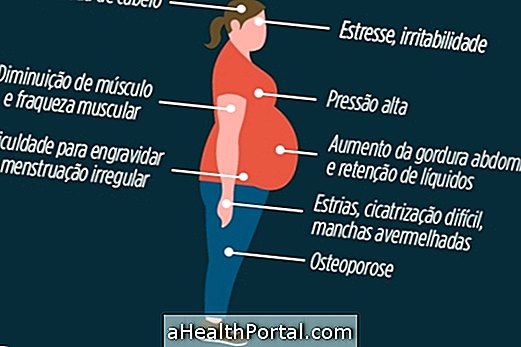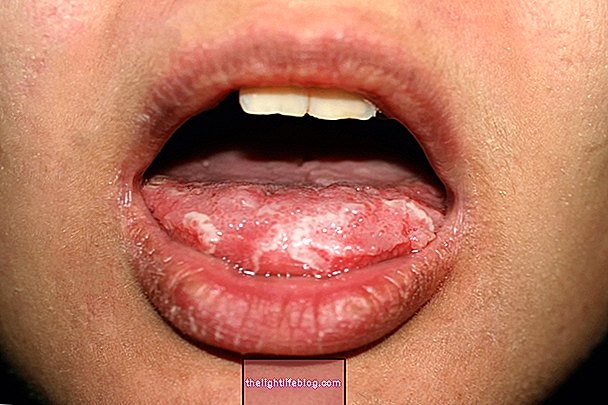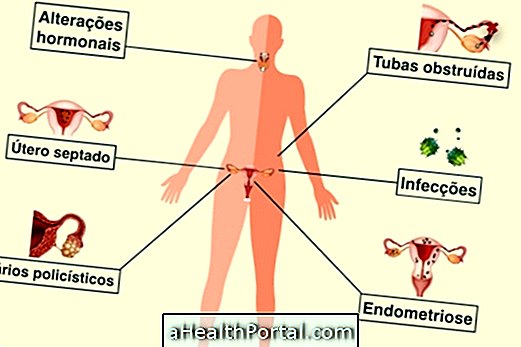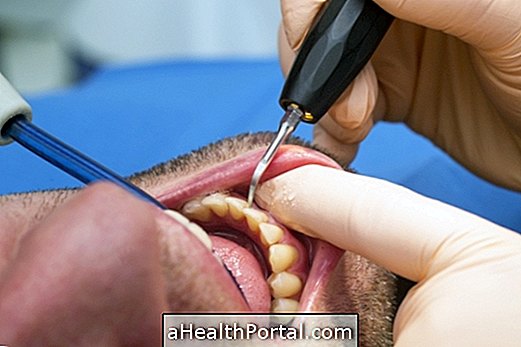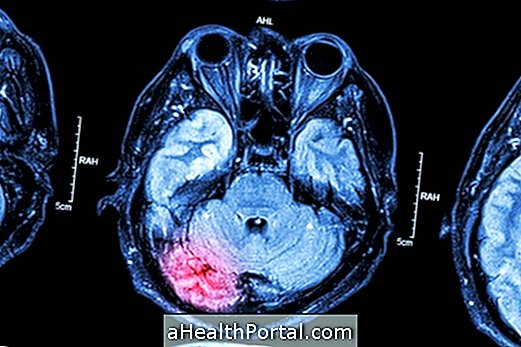The adenoid is a set of lymph tissue, similar to the ganglia, which is part of the immune system for the body's defense against microorganisms. There are 2 adenoids, located on each side, at the transition between the nose and throat, the region where breathing air passes, and where communication with the ear begins.
Together with the tonsils, which lie deep in the throat, they form part of Waldeyer's Lymphatic Ring, responsible for protecting the region of the nasal, buccal, and throat cavities, which grow and grow as the immune system develops between 3 and 5 years of age, and should regress around the age of 6 to 7 years.
However, in some children, the adenoids and tonsils may become very large or persistently inflamed, with constant infections, losing their ability to protect and causing health problems, such as breathing difficulties. Therefore, the otorhinolaryngologist may indicate the need for surgery for removal.
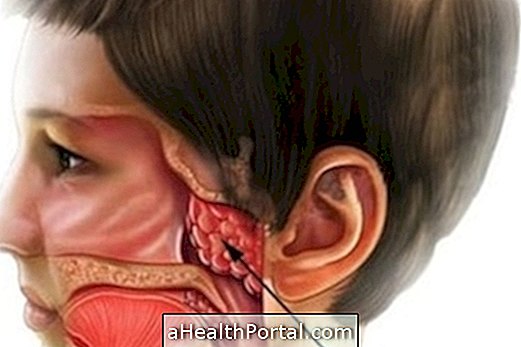
What symptoms can cause
When adenoids are overly enlarged, called hypertrophied, or when they become persistently infected and inflamed, which is called adenoiditis, some of the symptoms caused are:
- Difficulty breathing through the nose, breathing frequently through the mouth;
- Noisy breathing;
- Snoring, pauses in breathing and coughing during sleep;
- He speaks as if his nose is always obstructed;
- Frequent episodes of pharyngitis, sinusitis and otitis;
- Difficulty in hearing;
- Dental changes such as tooth arch misalignment and changes in the growth of facial bones.
In addition, the reduction of oxygenation during sleep causes changes in the child's development, which can cause situations such as difficulty concentrating, irritability, hyperactivity, daytime sleepiness, drop in school performance and failure to grow.
Some of these symptoms are also common in people with sinusitis. See the symptoms in case of sinusitis to know how to differentiate.
How is the treatment?
Generally, when the adenoids are infected, the initial treatment is done with the use of antibiotics, like Amoxicillin, in addition to anti-inflammatories or steroids. However, if the adenoids are frequently inflamed and impair breathing, your pediatrician may advise you to have surgery to remove them and improve the quality of breathing.
When surgery is indicated
Surgery, called an adenoidectomy, is an option when drug treatment does not work properly or when the child goes through with frequent adenoiditis symptoms. The main indications for surgery include:
- Otitis or recurrent sinusitis;
- Hearing Loss;
- Sleep apnea;
- Nasal obstruction so severe that the child can only breathe through the mouth.
It is a procedure done with general anesthesia, with removal of the adenoids through the mouth. In the same procedure, the tonsils can also be removed, and as it is a relatively simple surgery, it is possible to return home on the same day of the procedure. Learn more details on how it is done and recovery from adenoid surgery.
Removal of adenoids does not affect the immune system, as there are other mechanisms of defense of the body that continue to act in the defense of the body. In addition, the adenoid can grow again, but it is a very rare situation that happens, especially, in patients with a lot of allergy or after the surgery in the baby, since it is still in the growth phase.



